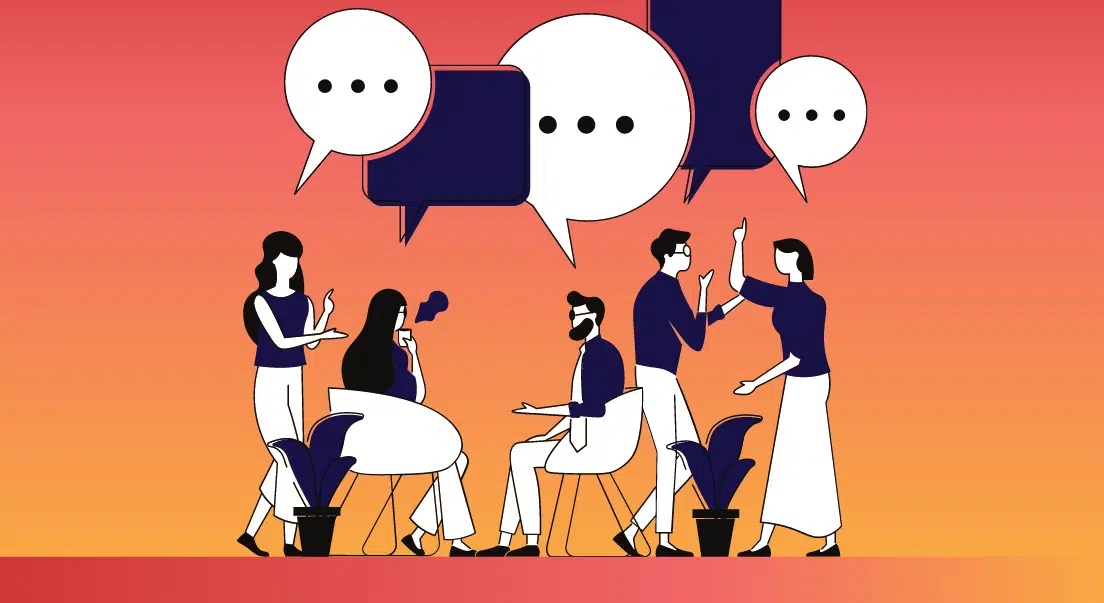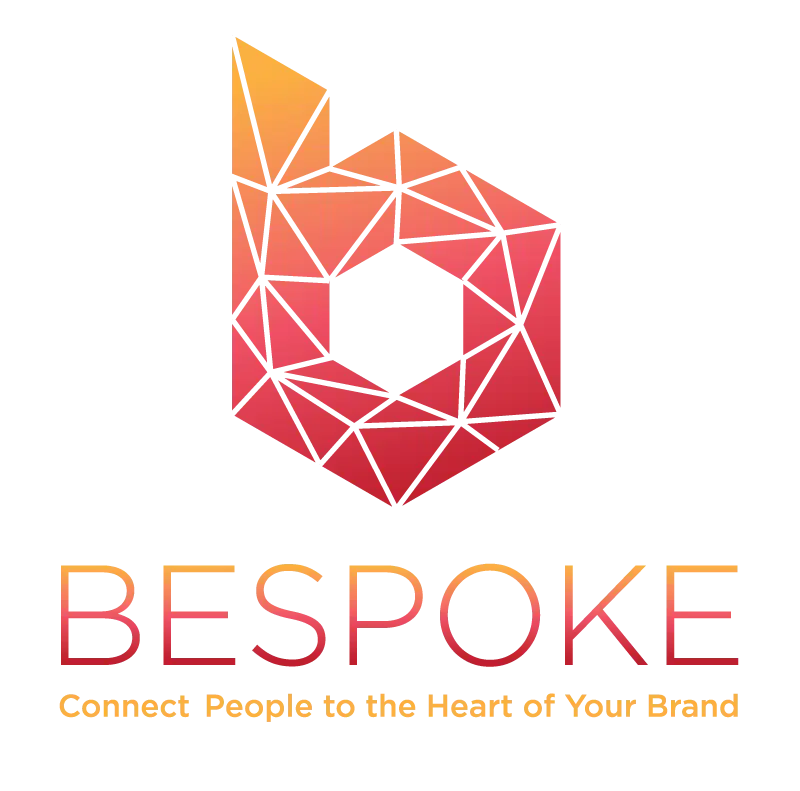This is part one of a two-part series on how new-found empathy for the human experience is shaping the post-pandemic world of hospitality, meetings and events. Part one focuses on changes in how the industry function. Part two will explore the evolution of client needs and expectations.
The pandemic was devastating to my industry. Literally overnight, meetings and events that were months in the making came to a grinding halt. Days turned into weeks, and the weeks turned into two years. Many hospitality providers were forced to modify their operations. Some closed up shop. Even if you didn’t work in the industry, you experience this first-hand.
For those of us still here, the landscape has changed in some dramatic ways. Without minimizing the pandemic’s heartbreaking personal toll, I feel immense gratitude for the opportunities we now have to redefine ourselves as an industry and as humans showing up for each other. My friend and industry colleague, Rachel Benedick, executive vice president at VISIT DENVER, calls it a “return to different.”
One silver lining of the past two years is that organizations have a new level of empathy for the human experience that’s not necessarily being trumped by efficiency. We see this as companies consider their return-to-the office strategies. By having to step back from the busyness and activity of pre-COVID work routines, we can now be more prescriptive and choiceful about how we want to work, lead and live.
In my industry, one of the places where I see this new-found empathy is in how we work together as hospitality providers. Before the pandemic, we were all fighting for what each of our individual stakeholders needed. We’ve now spent two years learning to fight for our industry—for all of us across the board—and we’ve seen the development of new associations such as the Live Events Coalition, which represents the 12 million hospitality professionals across all facets of our industry.
The timing of this new level of cooperation couldn’t be better given the dramatic, post-pandemic shift in industry dynamics. Just look at the two biggest cost components of live destination events: hotels and transportation. Today, it’s a hoteliers’ market, and the same is true for the airlines where every flight is filled. These shifts are forcing our industry and our clients to completely rethink how we plan and manage live events.
Here’s the current reality. We’re in an incredibly competitive market where transient travel is filling the hotels, not groups. People are willing and able to pay a tremendous amount of money (ADR) to be there as tourists, so how will we in the group travel business provide value? While corporate business is typically more lucrative in terms of food and beverage costs and overall RevPAR, supply chain and labor challenges may limit that opportunity for negotiating leverage.
Hotels are telling us to prepare for a 25% increase across the board, not just in rooms, but in labor and food costs. We’re hearing similar predictions from our airline and transportation partners. After labor, the second largest cost for airlines is fuel, and we all know the current direction of those costs – have you looked at the cost to fill you gas tank lately?
One of our best opportunities for success is to gain a better understanding of the breadth and economic drivers of our industry, including global trends for oil and gas, supply chain and labor. How can we better demonstrate the value of group events to our hotel partners? What can we learn about airline financial practices so we can budget travel costs more accurately in this time of highly volatile fuel prices? We owe it to our clients to develop this understanding. Only then can we adequately plan and negotiate on their behalf.
In practical terms, this means we need to:
> Continue to bring about a new level of awareness and partnership across our industry.
> Double down on education and collaboration.
> Work to understand our vendors and partners extremely well, including their business objectives.
The very good news is that our industry is talking about these topics with a level of transparency and openness we’ve never seen before. We’re setting egos aside and seizing opportunities to shape our future together in our return to different. The results, I believe, will change meetings, incentives, events, and travel for the better and help us all come back stronger in the true spirit of hospitality.





